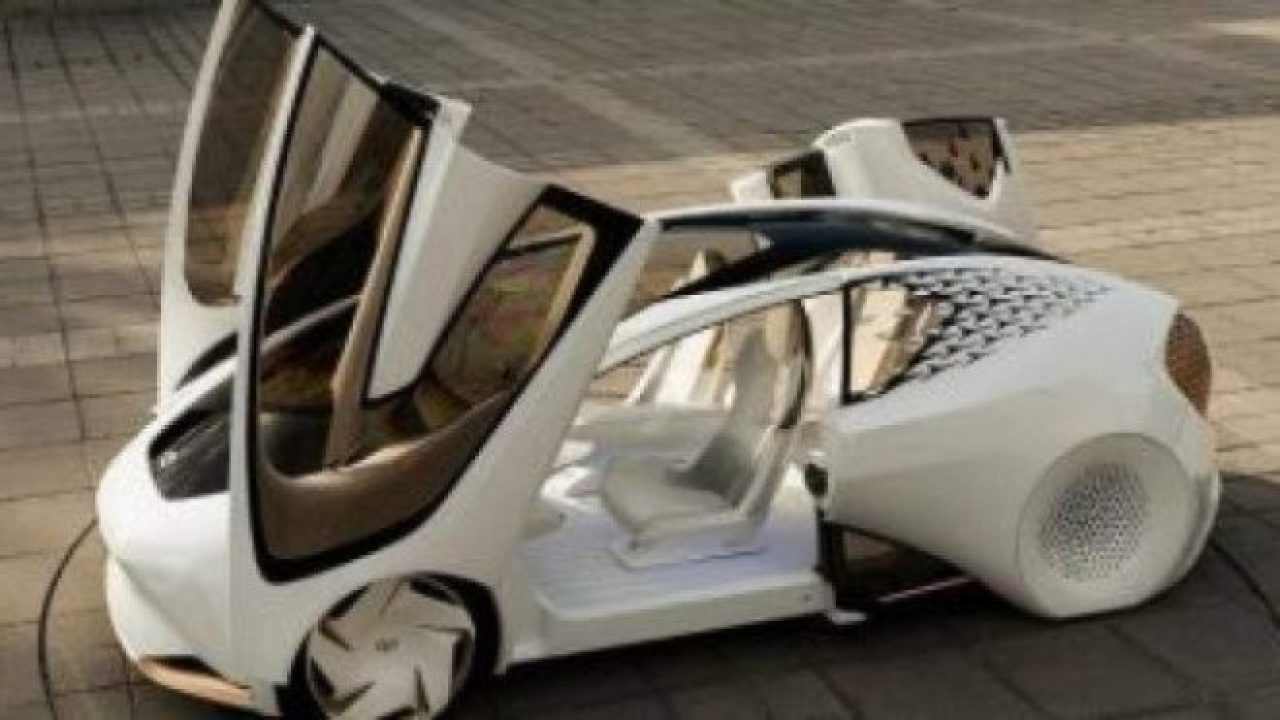Predictive vs reactive: Robo-car trends at CES 2017
Article By : Junko Yoshida

What’s becoming more apparent is that—regardless of if or when Level 5 autonomous cars ever hit the road—AI is now positioned as very useful for ADAS.
« Previously: Driving Policy: The last piece of robo-car's puzzle?
How best to apply AI for safety in automated driving is a major conundrum for researchers and design engineers the world over.
Gil Pratt, CEO at Toyota Research Institute, said his team is working on two tracks of research called Guardian—which basically assists the driver in situations that require quick response—and Chauffeur, which is closer to autonomous driving.
![[Toyota Guardian (cr)]](/wp-content/uploads/sites/2/2020/04/Toyota_Guardian_cr.jpg)
__Figure 1:__ *Toyota’s two tracks of research: Chauffeur & Guardian*
Curiously, Nvidia’s CEO Jen-Hsun Huang, too, introduced the concepts of “Auto-Pilot” and “Co-Pilot” during his keynote speech at the CES.
Nvidia is putting AI to work for Co-Pilot, which Huang said “promises to help your car understand you as well as it does the world around it.” AI Co-Pilot integrates external sensors to warn, for example, about a bicycle pulling out into traffic as you’re about to make a turn, or if a pedestrian has stepped into the road, he explained.
On the other hand, Nvidia’s AI Auto-Pilot, besides helping you drive better, “enables the car to drive itself, combining input from an array of sensors, HD map and—thanks to the ability to share data—a far deeper well of experience than even the most seasoned driver,” Huang said in his speech.
![[Nvidia AI Co-Pilot (cr)]](/wp-content/uploads/sites/2/2020/04/Nvidia_AI_Co-Pilot_cr.jpg)
__Figure 2:__ *Nvidia introduces AI Co-Pilot*
Phil Magney, founder and principal advisor for Vision Systems Intelligence (VSI), believes the vision shared by those two companies are “more or less the same thing.”
Predictive vs. reactive
On the ADAS side, Magney said, “the applicability of AI has the potential to make safety applications perform better and more accurately than deterministic (traditional methods) do.”
He explained, “For example, AI has the ability to provide more useful warning and intervention, acting as a co-pilot (or agent) that can interpret certain conditions based on clues or bits of information.”
In contrast, “Traditional ADAS that warns or intervenes is based on certain reactive situations such as car that is moving outside lane marketing. An AI based co-pilot takes into consideration that the driver may be deliberately making room for a passing vehicle or object in the road that may not be a threat in a deterministic model but a certain behavioural clue suggests otherwise,” Magney noted.
What’s becoming more apparent than before is that—regardless of if or when Level 5 or Level 4 autonomous cars ever hit the road—AI is now positioned as very useful for ADAS.
Magney noted, “Fundamentally AI-based ADAS is predictive while deterministic ADAS is reactive. Predictive is better because it is more suitable to the infinite behaviours of human. Furthermore, AI-based solutions are always learning making them adaptable to differences in human behaviour.”
Cars that get you
At every auto show, nothing attracts more paparazzi than “concept cars.”
Toyota rolled out one called its “Concept-I” at this year’s CES.
![[Toyota Concept-i 03 (cr)]](/wp-content/uploads/sites/2/2020/04/Toyota_Concept-i_03_cr.jpg)
__Figure 3:__ *Toyota unveils Concept-i*
Toyota describes the user experience as “intelligent, friendly and helpful,” as the Concept-i “gets to know you and your needs and then start to anticipate them for you.” This sounds slightly creepy, but the running theme of this year’s CES was exactly that man-machine relationship. Whether via wearable device or robo-car, technology suppliers seem to perceive a growing desire among people to be understood by machines.
Calling Concept-i’s user interface Yui “more pal than interface,” the carmaker said that in tandem with AI, it anticipates “your needs and informs the car so that Concept-i can consider and execute that next action accordingly.”
Toyota envisions a future in which “through biometric sensors throughout the car, Concept-i can detect what you're feeling. That information then gets analysed by the car's AI. That's when the automated features kick in.”
The company went on, “Let's say, for example, that you’re feeling sad; the AI will analyse your emotion, make a recommendation and if necessary, take over and drive you safely to your destination. So safety and protection are a major benefit of this relationship. By knowing you better, Concept-i can help protect you better.”
Concept-i is also designed to interact with the outside world by letting pedestrians and other cars on the road know if it is driving “automated” or “manual.”
Next: What driving policy means for autonomous cars »
Subscribe to Newsletter
Test Qr code text s ss


